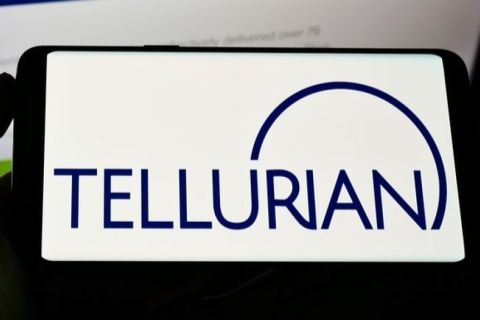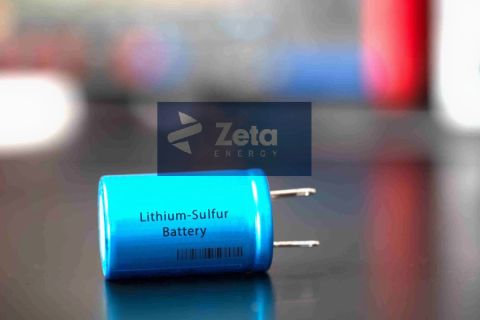While you and your investors are buying this stock and selling that one, with no care as to which exchange these equities are listed on, there is an increasingly fierce battle going on amongst the exchanges themselves. It didn't take a rocket scientist to get the New York Stock Exchange to suddenly switch the trading of all 3,525 of its listed issues to decimals in January. It took the release of the results of the Securities and Exchange Commission's study of price, speed and other comparisons of stock trades on the NYSE versus the Nasdaq system. The results of the summertime study were released January 8. The NYSE switch was thrown January 29, two months in advance of the SEC-mandated April 9, 2001, deadline for U.S. exchanges' conversion to decimalization. Preliminary results show a tightening of the bid-ask spread-the differential between the buyer's bid price and seller's asking price. Of course, the minimum NYSE stock spread was 6.25 cents (one-sixteenth) prior to decimalization; now, it's one penny. The pricing is more like that seen at Wal-Mart: $41.94 for Keebler Foods and $5.50 for Revlon, instead of $41 and 15-sixteenths for Keebler and $5 and one-half for Revlon. The SEC has been encouraging decimalization of U.S. stock trading in part to provide more apparent clarity to the bid and asking prices. It's easier to recognize the difference between 1.69 and 1.62, than between 1 and 11-sixteenths and 1 and five-eighths, when the clock is ticking on a trade that is marginal but possibly a huge opportunity. The conversion to decimalization is also hoped to create new trading opportunities. In the prior example, a trader would really just have the option of selling his $1.62 stock at $1.69. When in pennies, however, the deal could be done at $1.63. In February, Nasdaq inadvertently proved just how quickly it can handle trades. The stock of Axcelis Technologies Inc. (Nasdaq: ACLS) jumped from about $10 a share to $93 within 15 minutes. This was due to a typographical error in an electronic order. It should have read $10 to $9.50; instead, it was input as $10 to $95. Needless to say, the results were soon a mess, and some traders were the poorer for it. At a recent presentation to Houston executives, the NYSE's managing director of business development, Barbara M. Healy, did a spiel on why the NYSE is better than Nasdaq. "There's nothing that frustrates us more than hearing every day that Nasdaq is the technology market...We're not only users of technology [handling trades of 1.3 billion shares a day] but we also list some of the world's best technology companies," she said. The NYSE says the SEC results prove the NYSE "superior in most every respect...The SEC study validates our own empirical evidence that NYSE issuers and their shareholders benefit from the concentration and direct interaction of orders our market provides. Our agency-auction model joins the greatest liquidity and transparency with the most efficient method of price discovery, leading to the lowest execution costs and best prices for customers." Nasdaq found much in the SEC results to be proud of, as well. Its spin army pointed to spreads on the largest stocks, in which Nasdaq's was found to be lower. The speed of execution on Nasdaq was "generally faster" for retail-size orders, too. It found more to dispute, though, than praise. "We agree with the SEC's introductory 'important caveats' that there is no single, all encompassing measure of execution quality, that their sample is limited, and that their matching approach did not account for possibly important factors. Ignoring such factors as the type or age of a company could significantly change the conclusions," the exchange responded, in a press release. Securities and Exchange Commission chairman Arthur Levitt said, before retiring from the post, "For Nasdaq, [the study] confirms a challenge it faces and quantifies what most traders freely acknowledge-the ability to trade inside the best displayed quotes is substantially limited. For the NYSE, it sheds further light on the time it takes for incoming orders to interact with trading interest on the floor-time its customers have long pressed this market to reduce... "Yet if the study does nothing more than increase pressure on both markets to respond to the longstanding demands of investors, it will have served the public well."
Recommended Reading
U.S. Shale-catters to IPO Australian Shale Explorer on NYSE
2024-05-04 - Tamboran Resources Corp. is majority owned by Permian wildcatter Bryan Sheffield and chaired by Haynesville and Eagle Ford discovery co-leader Dick Stoneburner.
1Q24 Dividends Declared in the Week of April 29
2024-05-03 - With earnings season in full swing, upstream and midstream companies are declaring quarterly dividends. Here is a selection of dividends announced in the past week.
Analyst Questions Kimmeridge’s Character, Ben Dell Responds
2024-05-02 - The analyst said that “they don’t seem to be particularly good actors.” Ben Dell, Kimmeridge Energy Partners managing partner, told Hart Energy that “our reputation is unparalleled.”
Tellurian Reports Driftwood LNG Progress Amid Low NatGas Production
2024-05-02 - Tellurian’s Driftwood LNG received an extension through 2029 with authorization from the Federal Energy Regulatory Commission and the U.S. Army Corps of Engineers.
Zeta Energy Appoints Michael Everett as COO
2024-05-02 - Prior to joining Zeta Energy, a lithium-sulfur battery developer, Michael Everett previously served as president and COO at Advanced Battery Concepts.





